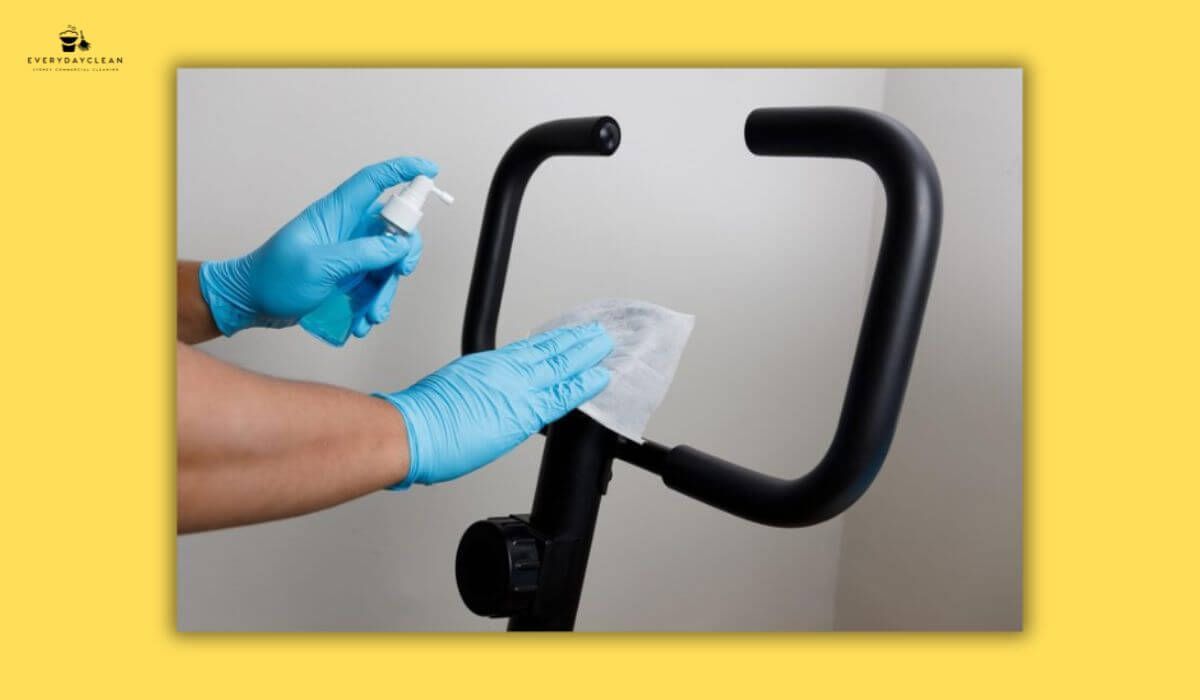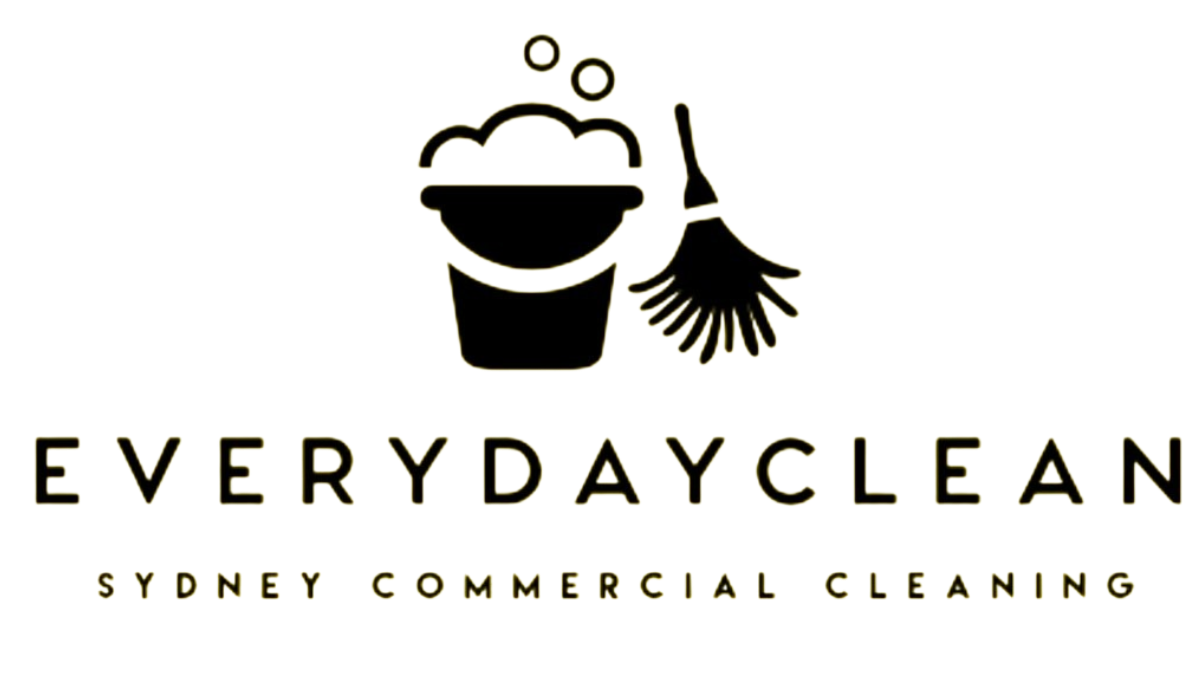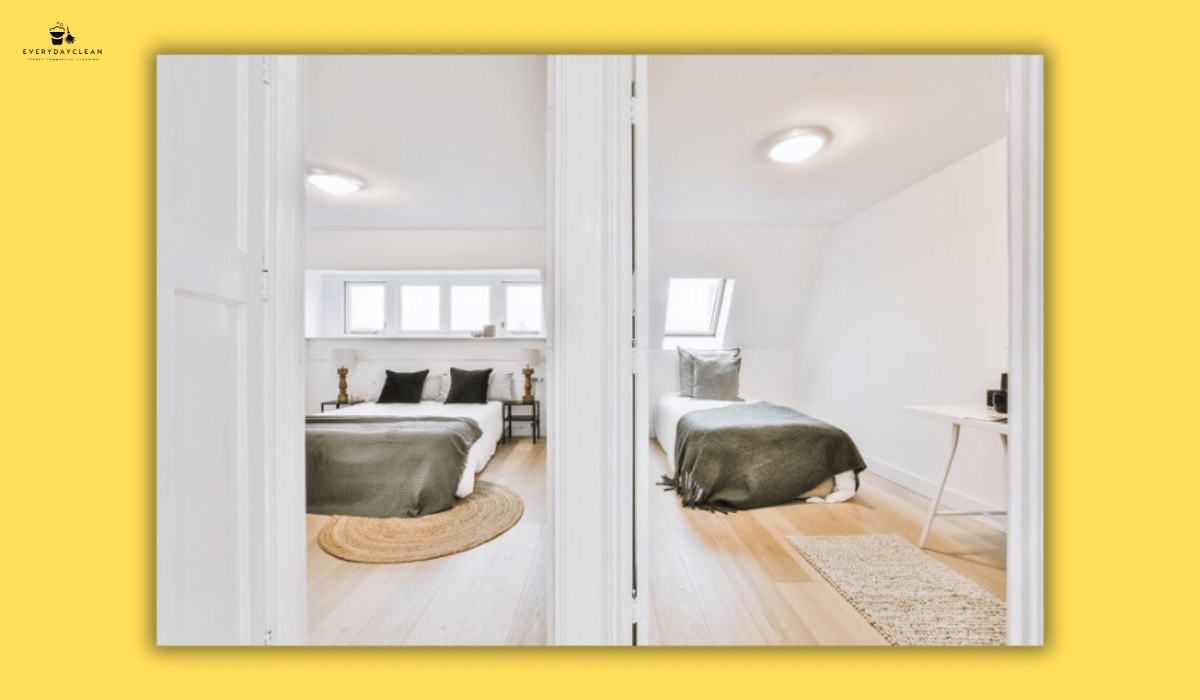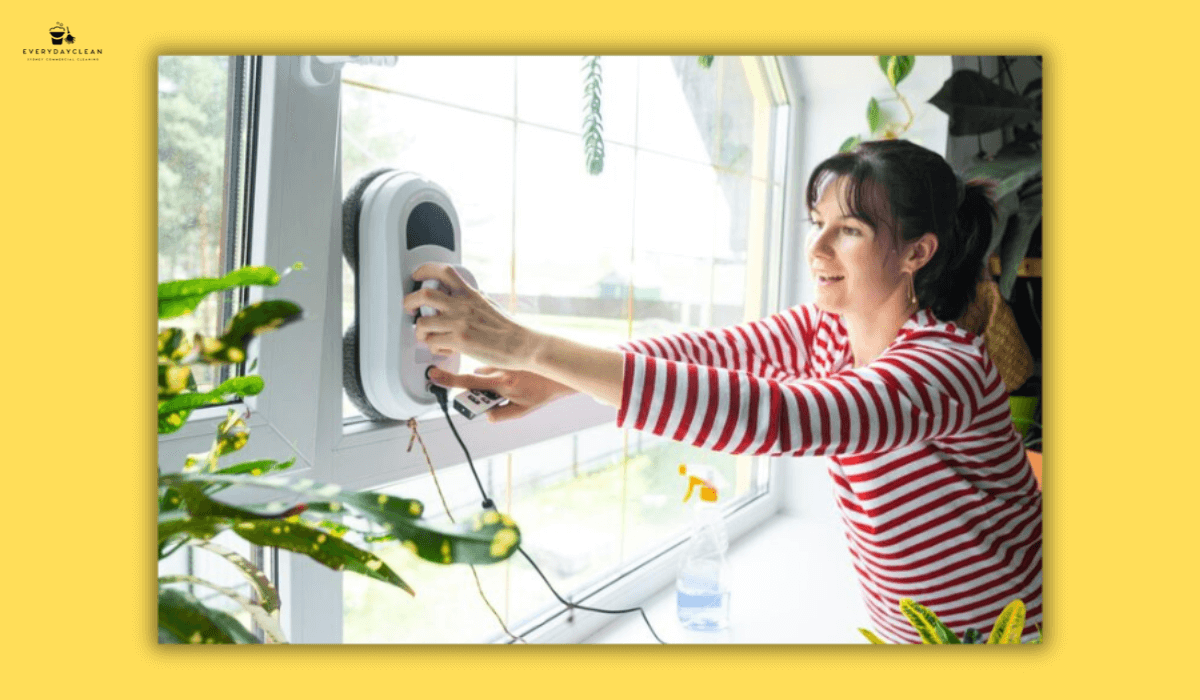Top 6 Gym Floor Stain Removal Steps for Commercial Spaces
Gym floor stain removal is essential for maintaining safe, durable, and visually appealing athletic spaces. Sweat, supplement spills, rust marks, and scuffs quickly accumulate in fitness centres, yoga studios, and sports halls. Left untreated, these stains not only affect appearance but also create slip hazards and accelerate surface damage.
The most reliable approach is to follow a structured, step-by-step cleaning process matched to the flooring material—rubber, vinyl, or sealed timber. By using the correct products and techniques, stains can be removed safely while extending the life of the gym floor.
Step 1: Identify Your Gym Floor Surface
The first step in stain removal is to confirm the type of flooring in your facility. Each material responds differently to moisture, chemicals, and abrasion.
- Rubber: Found in free weight zones and high-impact studios.
- Vinyl: Common in group fitness rooms, yoga studios, and functional training areas.
- Sealed Timber: Used in basketball courts, indoor sports halls, and school gyms.
Using the wrong chemical can cause swelling, discolouration, or permanent surface damage. Always check manufacturer guidelines before selecting a cleaning agent.
Step 2: Assess the Type of Stain
Stains in gym environments arise from a variety of sources. Identifying the cause helps determine which product and dwell time to use.
Common stain types include:
- Sweat and body oil – salt- and protein-based.
- Protein powders and supplements – sticky, bacteria-prone residues.
- Rust – from weight racks, equipment feet, or storage trolleys.
- Adhesive residue – from event setups or taped lines.
- Mould – caused by trapped moisture or poor ventilation.
Because stains vary, facility managers often partner with professional Gym Cleaning services to ensure each one is treated properly without risking floor integrity.

Step 3: Pre-Clean the Area
Before applying a stain remover, always pre-clean to improve effectiveness.
- Remove dust, dirt, and debris with a vacuum or dry mop.
- Apply a
pH-neutral floor cleaner to the affected zone.
- On rubber and vinyl, avoid over-wetting; use microfiber mops for better control.
- On timber, use minimal moisture to prevent warping.
This step prevents soil smearing and prepares the surface for targeted treatment.
Step 4: Apply the Correct Stain Remover
Once the surface is prepared, apply the right cleaner for the floor type.
- Rubber floors: Neutral pH degreasers or enzyme-based sprays.
- Vinyl floors: Oxygenated cleaning agents or commercial spot removers.
- Sealed timber floors: Low-moisture wood-safe alkaline cleaners.
Test cleaners on a discreet area before full application. Avoid bleach, solvent-based products, or high-alcohol sprays, which can compromise coatings and create fumes.
Step 5: Agitate and Rinse the Area
Stain removal requires controlled agitation followed by thorough rinsing.
- Use a soft-bristle brush or white pad to loosen the stain.
- Never use metal scrubbers or abrasive pads.
- Rinse with clean water using a damp microfiber mop.
- Dry the area fully with microfiber cloths or fans.
If staining persists, reapply the cleaner with extended dwell time. Proper drying prevents water stains and mould growth.

Step 6: Apply Odour Control (if Needed)
In gyms with rubber flooring, sweat and protein spills can leave odours behind. After cleaning, apply a floor-safe odour neutraliser.
- Mist lightly over the surface.
- Allow to air dry without rinsing.
- Avoid perfumed air fresheners, which only mask odours.
This final step restores freshness while keeping the environment safe for members.
Cleaning Methods by Gym Floor Type
Commercial gyms use different flooring materials, so stain removal must adapt to avoid surface damage.
Before the table, a quick lead-in:
The following comparison outlines recommended products and practices by floor type.
| Floor Type | Recommended Stain Removers | Avoid Using |
|---|---|---|
| Rubber | Neutral pH degreasers, enzyme sprays | Bleach, acid-based products, alcohol |
| Vinyl | Oxygenated cleaners, diluted all-purpose | Abrasive pads, acetone |
| Sealed Timber | Low-moisture wood floor cleaners | Soaking wet mops, harsh degreasers |
Consult the manufacturer's care guides before applying any deep cleaning process.
Preventing Stains on Gym Floors
Preventive measures reduce cleaning workload and extend floor life.
To minimise stain formation:
- Place mats at all entrances to reduce tracked-in dirt.
- Clean sweat-prone areas immediately after sessions.
- Use protective mats under heavy machines to prevent rust marks.
- Avoid applying tape or adhesives directly to flooring.
- Schedule professional gym floor cleaning monthly or bi-monthly.
These prevention methods also align with broader
office cleaning safety tips, particularly when it comes to high-traffic hygiene protocols and slip prevention strategies.

FAQs: Gym Floor Stain Removal
Before implementing a cleaning program, gym operators often have practical questions about safety, stain types, and cleaning frequency. Here are detailed answers.
How do you remove sweat stains from gym floors?
Sweat stains are typically salt- and oil-based. On rubber, mix a neutral pH degreaser with water and apply for 5–10 minutes before scrubbing with a soft-bristle brush. Rinse thoroughly and dry. On vinyl, enzyme sprays work effectively to break down organic matter. Avoid bleach, which can dry out rubber and cause discolouration.
What’s the safest way to remove protein shake or supplement spills?
Protein shakes leave sticky, bacteria-attracting residues. Use an enzyme-based cleaner formulated for organic matter. Pre-clean with water, apply the enzyme spray, and allow 10–15 minutes of dwell time before scrubbing and rinsing. Follow with an odour neutraliser if needed. For textured rubber, repeat application to fully lift embedded residue.
Can you use bleach to remove stains on gym floors?
Bleach is not recommended. It can degrade rubber, strip protective coatings on vinyl, and damage sealed timber. It also creates harmful fumes in enclosed gym spaces and leaves slippery residue. Neutral pH cleaners or enzyme-based products are far safer and equally effective for stain removal.
How often should a commercial gym deep-clean its floors?
Most gyms should deep-clean floors at least monthly, with spot cleaning weekly in high-traffic zones. Deep cleaning includes stain removal, machine scrubbing (if applicable), and odour control. Professional cleaning services ensure correct product use, WHS compliance, and protection of manufacturer warranties.
Commercial Gym Floor Stain Removal Services in Sydney
Everyday Clean provides professional gym floor cleaning services across Sydney, servicing fitness centres, studios, and school sports facilities. Our stain removal methods are:
- Tailored to floor type (rubber, vinyl, timber).
- pH-balanced and residue-free.
- Compliant with manufacturer care standards and WHS.
From sweat and protein spills to rust and mould, our team restores gym floors to a clean, safe, and presentable condition.
Author: Everyday Clean Content Team
Everyday Clean is Sydney’s trusted provider of commercial cleaning solutions, including gyms, offices, pools, and strata properties. Our licensed professionals use advanced, eco-friendly equipment to deliver safe, compliant, and spotless results. With deep experience across Sydney’s hospitality, fitness, and residential sectors, we help facilities maintain inviting, healthy environments that guests trust.



